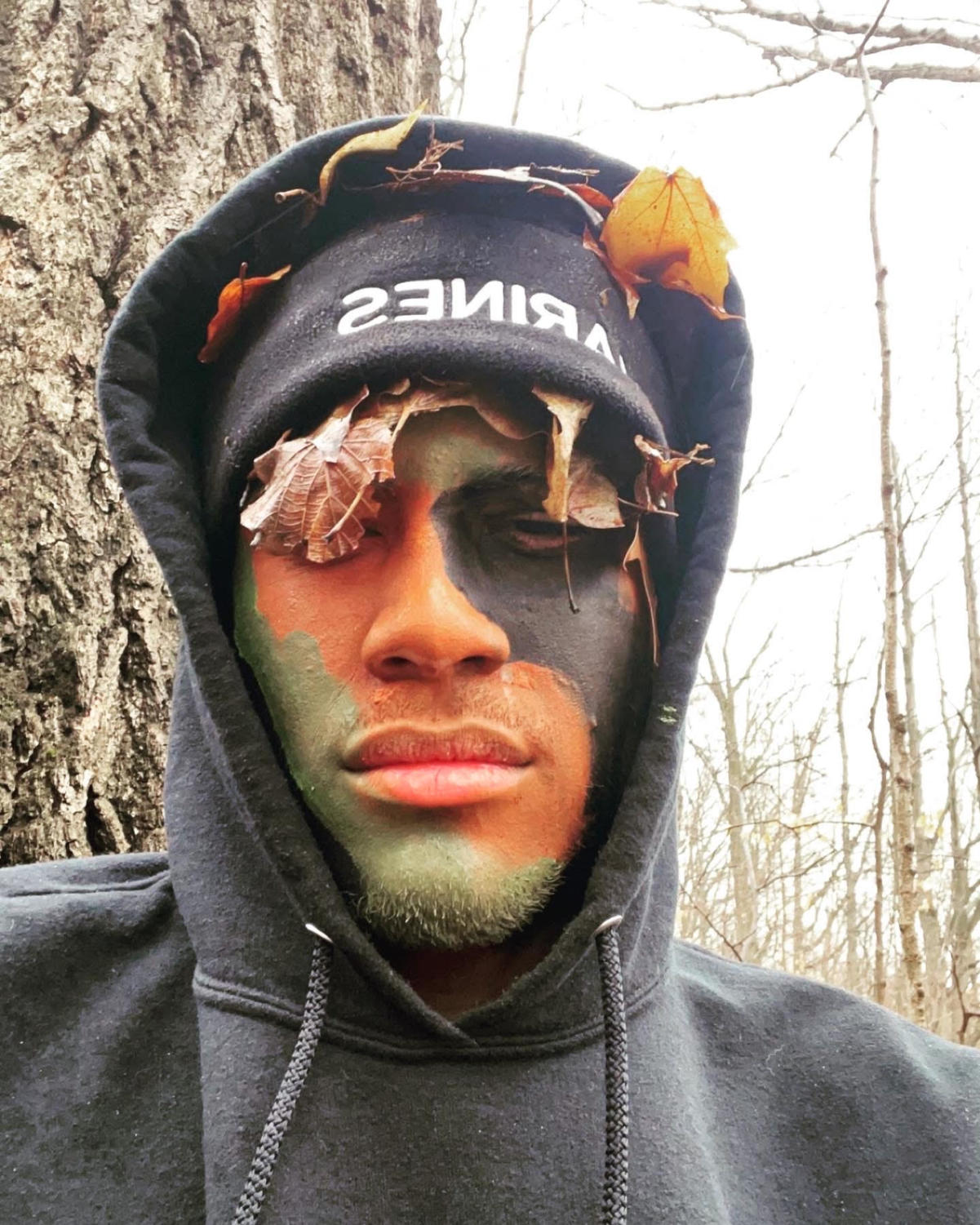While many students are shopping for dorm supplies and putting their party hats on, others face the daunting task of fighting for our nation. Graduating high school presents a world full of wonderful opportunities that students can take advantage of, but many people forget about the military paths available to them. There are many different options within the U.S. military, including enlistment in one of the six branches, enrollment in a service or military academy, and joining the ROTC.
Answering the Call: Enlisting in Service to the U.S.
Enlistment is what most people think of when someone says they are entering the military. Enlistment means meeting with a recruitment officer, deciding what branch you want to go into (Navy, Marines, Air Force, Army, Space Force, and Coast Guard), and passing a health and fitness test. When all that is done, you enter the U.S. military at the lowest ranking position.

Enlistees make up the majority of U.S. forces. Although they do not have an easy job with deployment, intense training, and putting their lives on the line, what they gain makes it worth it. “It would teach you how to be a leader, give you life skills, and it has a bunch of great discounts,” said Teddy Morales Castro (‘23), a Skyline student who will be enlisting in the U.S. Marines after high school. The benefits offered to people who enlist include but are not limited to free housing, health care, and college tuition assistance.
“Both my father and grandfather were in the Navy and I wanted to carry on the legacy… but I chose the Marine because it’s a tougher environment and more disciplined,” said Morales Castro. He got his start in the Marines when he met up with a recruitment officer here at Skyline.
Leadership and Service: Exploring the Benefits and Opportunities of ROTC Programs
ROTC stands for Reserve Officer Training Corps. Students who choose to enter ROTC attend a regular college or university. Many colleges, such as the University of Michigan and Michigan State, offer ROTC for students. These programs are offered for every branch of the military and often come with a service requirement of three years or more after graduation from college. Many ROTC students receive partial or full scholarships.
ROTC members take elective military classes (leadership and field training) and participate in group training sessions, but otherwise have a pretty normal college experience. “It gives me a lot of purpose in college, past academics, and adds a lot more dimension to my life,” said current Princeton ROTC cadet, Maile Organek (‘22).
Many students chose this path because it is not as intense as a military academy or enlistment. Additionally, students in ROTC get a college degree before serving,which can be helpful with their future career. Students interested in this path have to apply for a college with ROTC as well as the ROTC scholarship program.
Beyond the Classroom: Inside the Rigorous Training and Education of Military academies and Colleges
Military and service academies offer the unique opportunity to get a college degree while training in an intense environment. This includes lots of physical exertion, military skill preparation and training, and mentoring from people in their selected career path to prepare students for entering one of the branches of the military. Service academies are government funded and feed directly into the military. They offer free tuition, room and board, and even a small stipend every month. The only catch is an intense application process including a congressional nomination application, a wide variety of medical tests, physical tests, and additional interviews.

Academy students must serve for at least 5 years when they graduate. The academies include The United States Naval Academy (Annapolis, MD), The United States Military Academy (West Point, NY), The US Air Force Academy (Colorado Springs, Colorado), The US Coast Guard Academy (New London, CT), and The US Merchant Marine Academy (Kings Point, NY).
Private military colleges, on the other hand, are independent colleges but often partner with the DoD and don’t require a congressional nomination. They are very similar to ROTC programs, however at these schools students wear uniforms and are more immersed in a military setting.
Military academies don’t require students to go into the military. We asked a current Skyline student about how she came to find her way to joining a senior military college. “I spent some time in DC and met a lot of people who were military affiliated,” said Elizabeth Goodson (‘23). Goodson will be attending The Citadel, a military college, in the Fall. Goodson attributes her time in DC to helping her discover the kind of person she wanted to become.
For students interested in getting more information on the various military paths they can take, they can visit the cube which is set up to offer knowledge on the different branches of the military. Additionally the counselors at Skyline can offer some helpful knowledge on the ROTC program and military academies and colleges. Students should also look out for military representatives in the commons at lunch.






